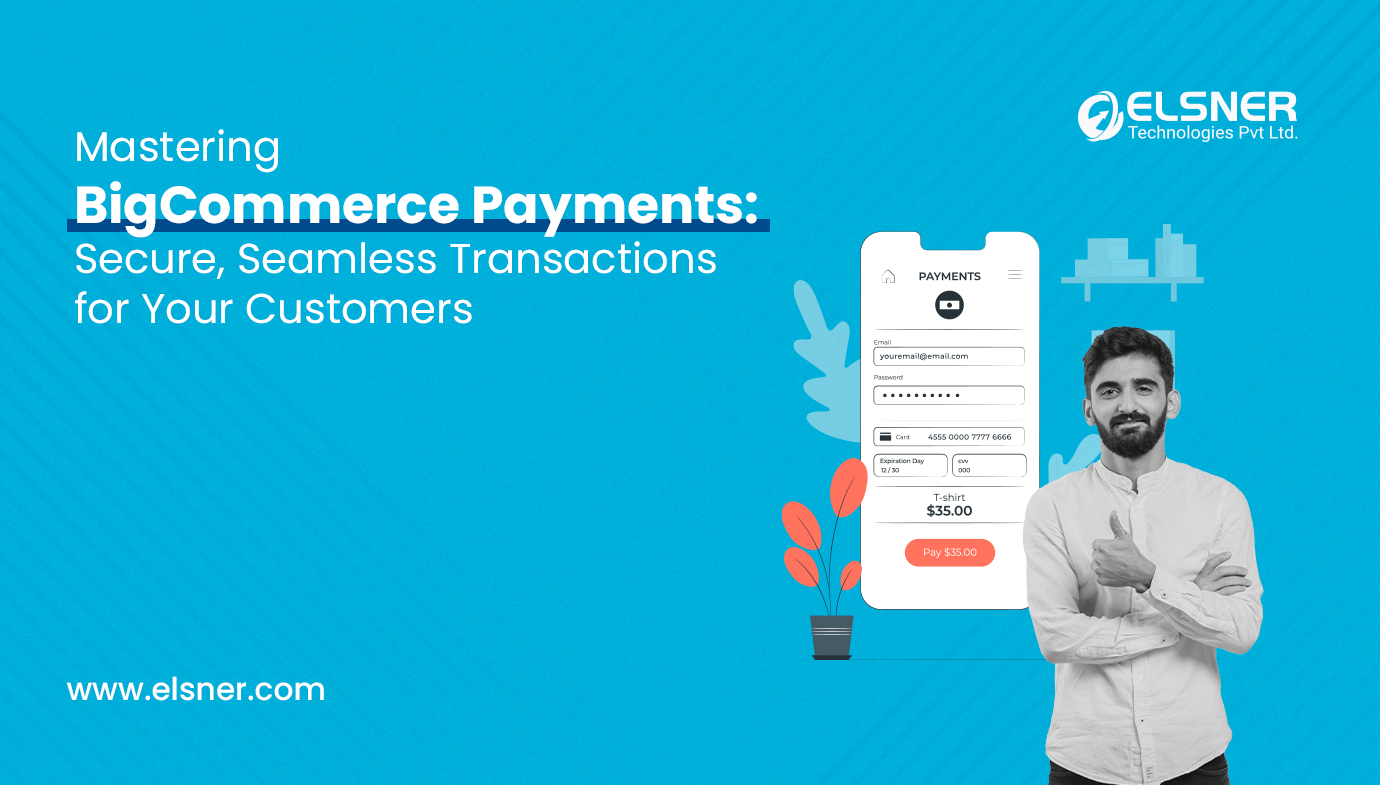Nowadays, we often hear the word PWA or Progressive Web App in the IT world. It has become essential for an organization that runs a website. It expects to have a mobile app for any business that is carrying a website. However, it differs from business to business, so in some cases, people are not intended to make an investment into a native mobile app. Therefore, there is an alternative to a native mobile app known as PWA (Progressive Web App). Let’s figure out more about this.
What is a Progressive Web App?
PWA is an app built with web technologies such as HTML, CSS, and JavaScript. It provides a user experience similar to the native mobile apps, but it does not require any complex coding like a native mobile app. When the user hits a website, which has a built-up PWA compatibility for mobile devices, it will make a notification on the screen that allows you to add the app to your home screen. Later the user taps on the add app icon, and installation can be done on the device. PWAs run in the browser, so there’s no condition of downloading the app from the Google Play Store or iOS App Store. A user may now operate a Progressive Web App that’s the best suite for performing real-time notifications, offline notifications, push notifications, and other app-like functions.
Advantages and Disadvantages of PWA
Progressive Web Applications are mainly comparing to the native app as it includes many of the same functionalities. Here we can have a glimpse of some advantages and disadvantages of the PWA.
Advantages:
- Cost of the Development: The topmost reason businesses accept progressive web applications over native applications is the cost. With the web application setup, a business can carry out one application that can be passed on multiple platforms. Thereforeeans it doesn’t cause any costs for maintaining a team with a diverse skillset.
- Engagement and Accessible: The native app is available through app stores. Likewise, the user requires downloading an application from the respective store and installing it on their devices. Here, a user must pass through numerous steps such as finding the app, downloading it, granting access, and permission. By all this long user, a native app could not extend engagement with a user, and ultimately, it reduces a user’s interest in the app. On another side, Progressive Web Application has a significant advantage over the native mobile application as it is simply accessible. If the user is just surfing the website and obtaining a link, it’s adequate to add the app instantly.
- Size and Network: When we compare the size of the mobile application, the Progressive Web Application always beats the native application. PWA is light weighted, and therefore, it’s not overwhelming additional space in the device. Likewise, another aspect is a network. The user always expects that an app should be open when they tap on the icon, even after the user doesn’t have the internet on his/her device. Finally, the progressive web application gets control over the network connection. At the time of development, the engineer can conclude which assets to be stored in the cache and how to deal with impaired or no network availability.
- App Update: In averse to the native app, the progressive web application doesn’t require to be updated in periodic intervals instead, it directly hooks up with the website. Hence, it gets auto-updated all the time and requires manual updates of the versions.
- Platform Independency: The developers designed progressive web apps to get support on any operating system. Its interface is designed with various screen sizes that allow them to fit with diverse platforms. Accordingly, users can undoubtedly install the app on any operating system such as Android, iOS, Windows, and other operating systems. However, it runs under the condition of having a web browser.
Disadvantages:
- Compatibility issues with Apple Devices: the progressive Web Applications have challenges in earlier iOS devices. However, since iOS 11.3 has been setting up support to adopt PWA on apple devices.
- Lower Efficiency: the progressive Web Application can’t perform all the functions because it’s written in JavaScript and not in native programming languages like Swift and Kotlin. Hence, it sometimes fails to provide performance similar to a native app.
- Security: Web apps lack the component of the quality command technique. As an end, it scaled down both safety and security to a richer degree. However, by the rules such as SSL enforcement, the users can restrict data violation to some measure.
Who Adopted PWA?
According to Gartner’s research, By 2020, Progressive Web Apps will take over 50% of all consumer-facing native apps. In the end, we can see that world’s leading brand has already accepted PWA for their business. Here, we have a list of some well-known companies whose website runs on PWA:
- Forbes
- Flipkart
- Alibaba
- The Weather Channel
- The Washington Post
- And the list is going on…….
Conclusion
After evaluating the advantages and disadvantages of Progressive Web Application. The above data indicate that advantages are dominating over disadvantages. As PWA has confirmed its place in web technology, no company can afford to ignore PWA in this digital and fast-moving era.




